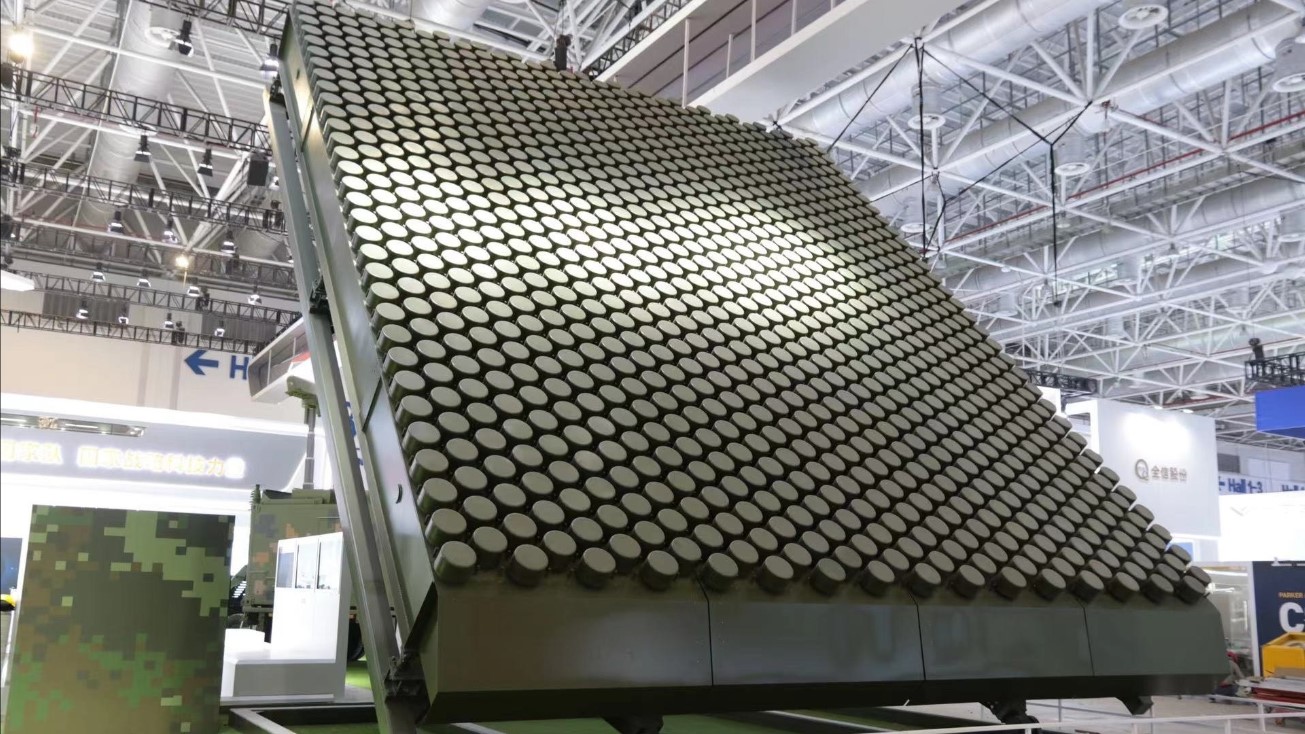China New Radar Claim to Track Hypersonic Missiles at Mach 20

Chinese researchers have announced a significant advancement in radar technology, potentially escalating the global race for hypersonic weapons. A team led by Professor Zheng Xiaoping from Tsinghua University's Department of Electronic Engineering claims to have developed a radar system capable of precisely tracking multiple hypersonic missiles traveling at Mach 20 while simultaneously identifying and eliminating false targets.
The development of this radar system is a notable milestone. In ground-based simulations, it demonstrated remarkable accuracy, estimating the distance of a missile traveling at nearly 7 kilometers per second with an error margin of just 28 centimeters. It also achieved up to 99.7% accuracy in estimating the missile's speed, a feat previously considered unattainable.
One of the significant innovations in this radar system is the incorporation of lasers. By integrating lasers into the radar design, the team was able to generate and analyze high-precision radar signals. This allows information transmission between key nodes to reach the speed of light, enabling the radar system to generate and process complex microwave signals that precisely measure ultra-high-speed objects.
According to a peer-reviewed paper published in the Chinese journal Optical Communication Technology, this new microwave photonic radar boasts a detection range of over 600 kilometers. Its compact and lightweight design makes it suitable for deployment on air-defense missiles or aircraft. Military experts consider it a key technology for the next generation of fire-control radars.
This breakthrough comes at a time of heightened international focus on hypersonic weapons, which are notoriously difficult to intercept due to their speed and maneuverability. The United States, among other nations, is actively developing hypersonic missiles and seeking to enhance its defense capabilities against them. The Chinese researchers' achievement could have significant implications for the development of hypersonic weapons and defense systems worldwide.
However, some experts express caution due to the lack of independent verification of the Chinese team's claims. They emphasize the need for further testing and validation before the technology can be fully accepted. Nonetheless, others believe that this breakthrough could accelerate the development of advanced radar systems and further intensify the global race for hypersonic weapons.
In the broader context, this development highlights the rapid pace of technological advancements in military capabilities. As nations continue to invest heavily in research and development, the race for superior hypersonic weapons and defenses is likely to become even more competitive. The success of Professor Zheng Xiaoping's team underscores the importance of innovation in maintaining a strategic edge in modern warfare.


